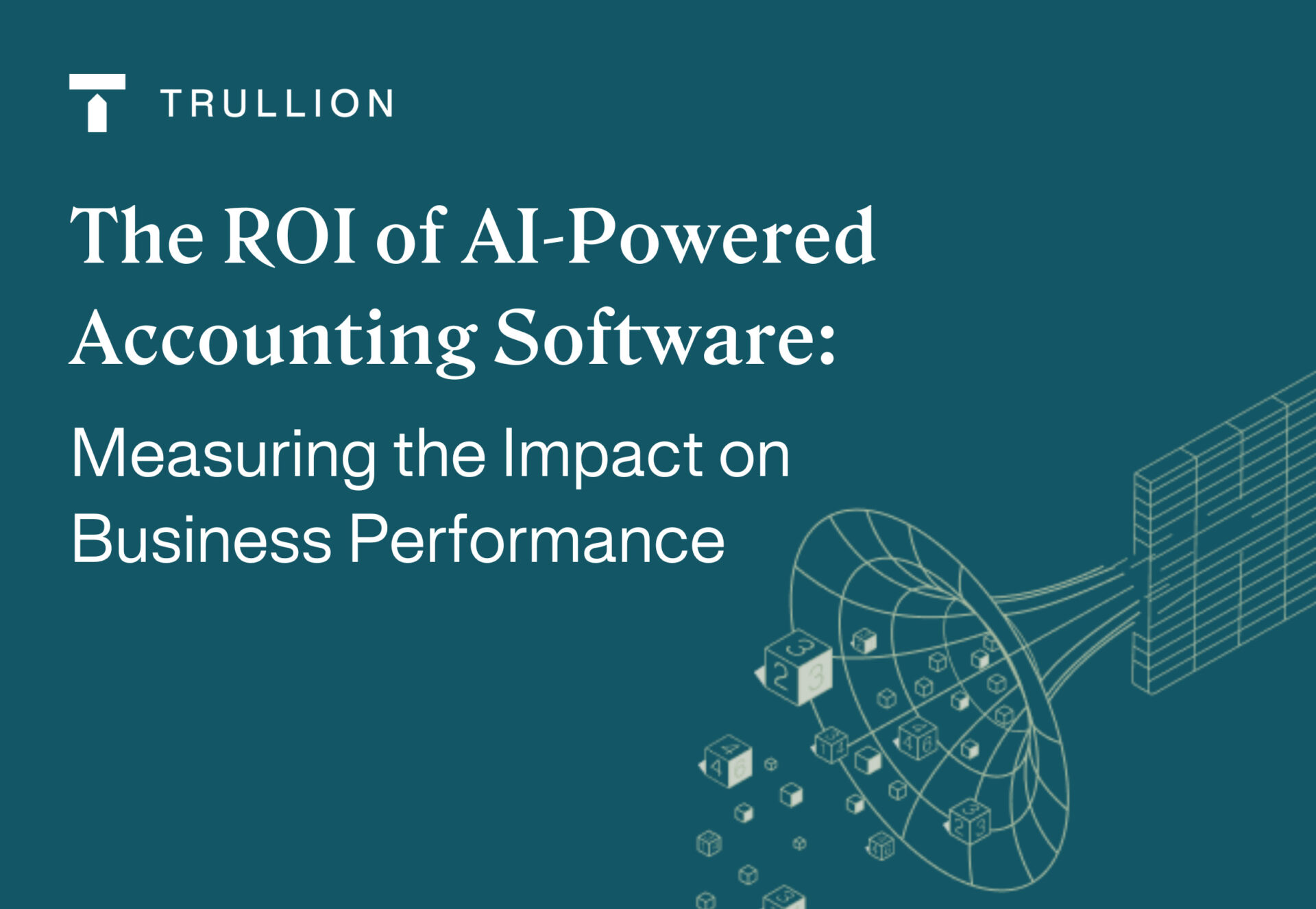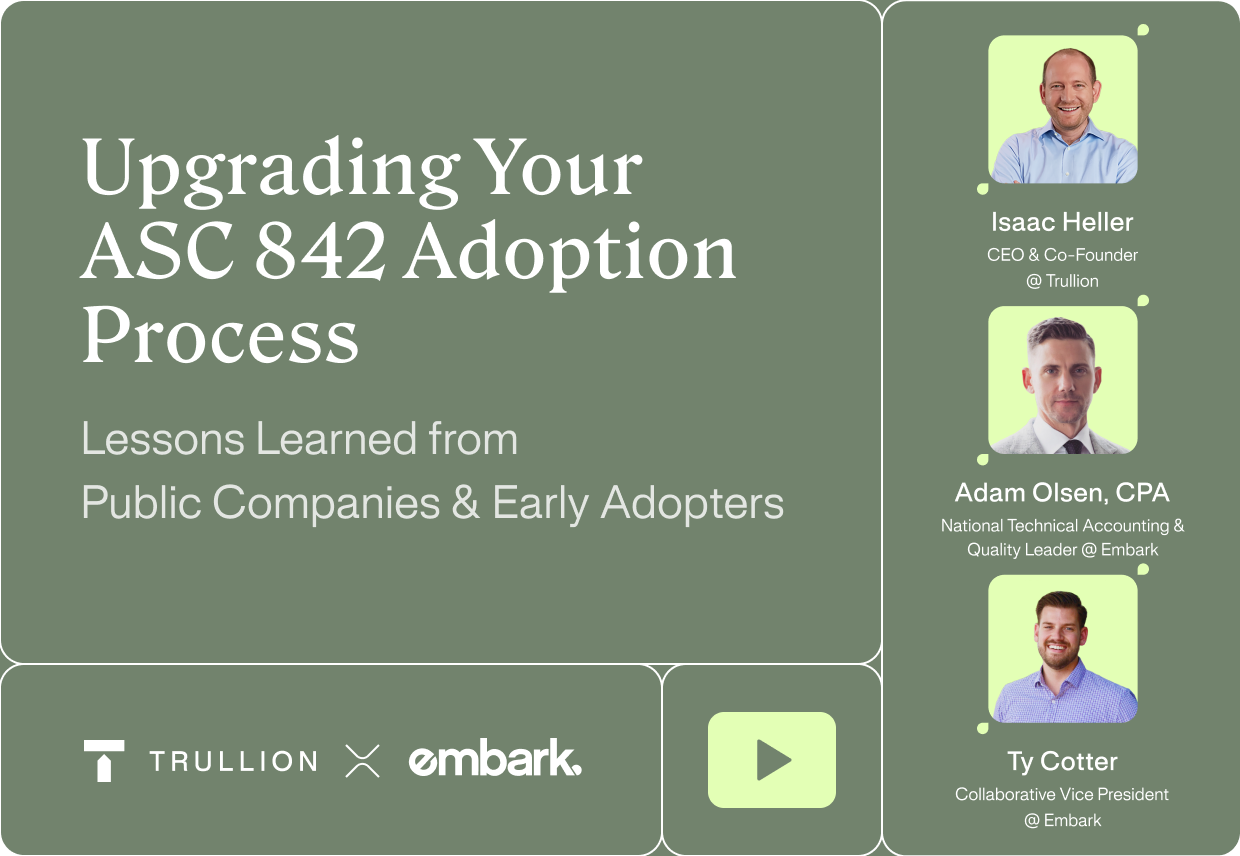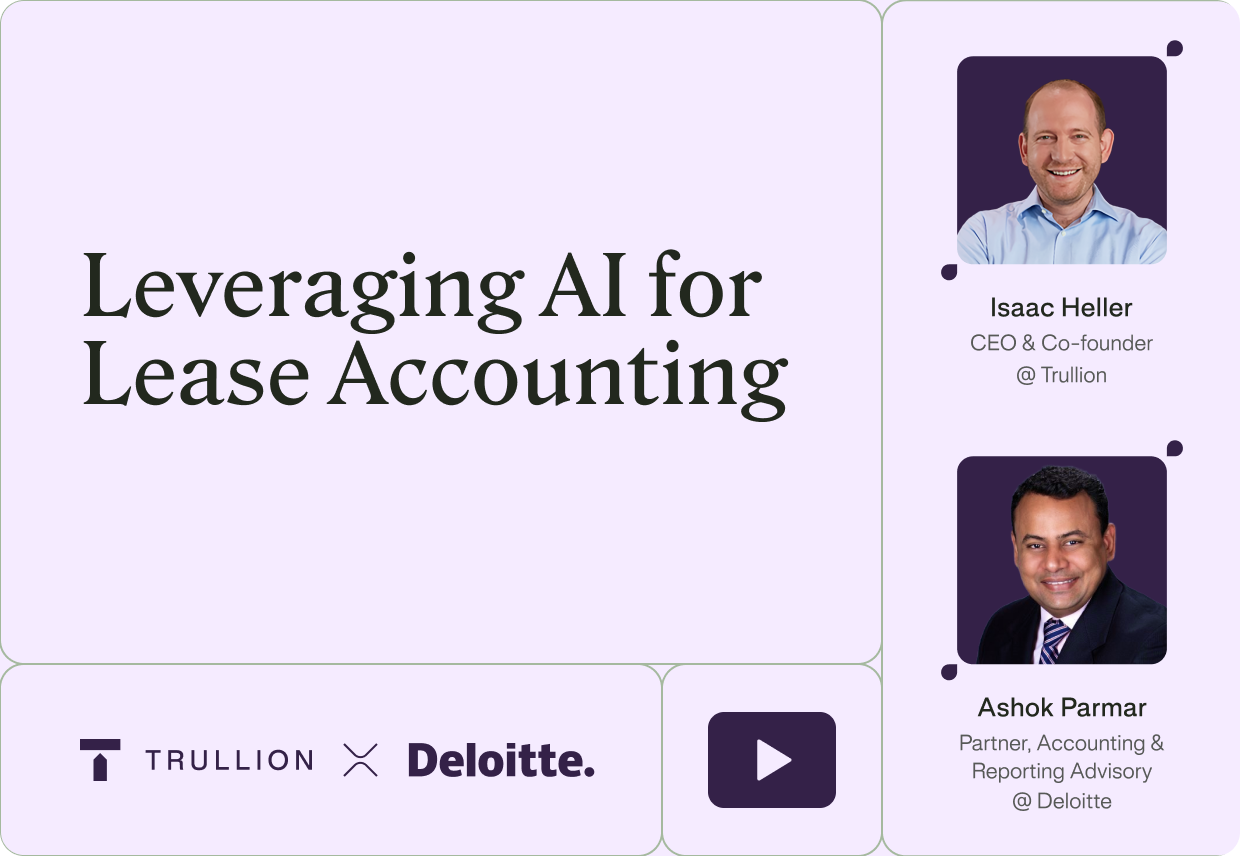ROI. These three, powerful letters are often the difference between a major project being given the green light – or being canned. As an employee, for example, demonstrating ROI is a crucial way to show the value that you, and the initiatives you lead, are adding value to the organization.
And while there are many ways to measure the success of an initiative, including combinations of Payback Period, Net Present Value, Internal Rate of Return, and others, ROI in its simplest form – that the expected returns will outweigh the initial investment over a reasonable period of time – remains the most common way to judge the viability of a project.
Budgets are budgets, and any new product or tool will have to pass the ROI test. So when implementing AI-powered accounting software, it’s critical to be able to quantify ROI, specifically in the context of measuring its impact on business performance.
How to measure ROI for AI-powered accounting software
Measuring both the return that the AI-powered accounting software provides, as well as the actual “investment” required, is a little more complex than it may first seem. For example, the cost of implementing new software is more than just the software itself; it includes the resources required for onboarding, training, and other less-obvious costs.
Similarly, the benefits, or returns, on the software can also be more than just time saved, for example. Here are some factors to take into account:
The return
Ascertain which Key Performance Indicators (KPIs) will be affected by the AI-powered accounting software, and what that impact is expected to be; from increased efficiency and more accurate reporting to fewer errors, quicker audits, less manual data entry required, better financial management, less need for external advice regarding compliance issues, and the ability to make better decisions faster.
The investment
Identify the costs associated with implementing the accounting software: from initial upfront costs to regular subscription fees, any addons required, training, maintenance and support, and potential downtime.
What’s left is to analyze the return on the investment for a reasonable period, with the aim of determining if the return justifies the investment.
Why AI-powered accounting software has a high ROI
Several factors drive AI-powered accounting software’s high return on investment. These include:
Low upfront costs
Unlike traditional software for which installation can be time-consuming, complex, and often interfere with day-to-day operations, AI-powered accounting software is usually built on a SaaS model – which means adding it to an existing tech stack is quick and smooth. There are generally few if any direct upfront costs and the software is paid for using a subscription model.
Benefits of automation
AI-powered software enables technology to do the heavy lifting, including automating tasks that otherwise would have been manual and repetitive. This reduces the number of human hours needed while boosting productivity.
Immediate efficiencies
Less time is spent on spreadsheets, updating separate systems, and inputting data from source documents into the system. Moreover, there are tremendous efficiencies to be gained when it comes to changes to existing agreements, for example, lease modifications.
Seamless communication
The leading AI-powered accounting software platforms offer a single source of information that can be accessed by trusted partners and stakeholders, such as company leadership, auditors, and consultants. This reduces the need for endless email chains and other inefficiencies and allows these third parties to add value throughout the year. Any potential issues can be dealt with in real time, and there are no surprises throughout the process.
Enabling employees to make an impact
By freeing up key employees, controllers, and CFOs, AI-powered accounting software allows everyone to bring their skills and experience to bear through strategic, higher-impact contributions to the business.
As touched on previously, the ROI of a solution needs to be demonstrated over a reasonable period – preferably weeks or months, rather than years. AI-powered accounting software can demonstrate ROI in a short time frame, being quick to deploy and set to work.
AI driving business performance
A recent survey among finance professionals showed that AI and Automation are projected to have a bigger 10-year impact than Cybersecurity, Analytics and Big Data, Biotech, and Renewable Energy combined.
This indicates that the ROI of AI-powered accounting software is only set to increase.
At Trullion, we’re dedicated to leveraging AI to impact business performance and provide impossible-to-ignore ROI. Trullion is an AI-powered platform that automates manual work for finance and audit teams, ensuring accuracy, compliance, and total confidence.
The impact of implementing Trullion is immediate and profound. As Morgan Hoffmann, Group Financial Accountant at Bradken says, “We chose to migrate from our previous software to Trullion to improve efficiency. With Trullion, we’ve reduced our time spent on reporting by over 25% and saved over 30% on costs between the two software.”
To learn more about how your team can benefit from Trullion’s AI-driven approach, book a call today.










